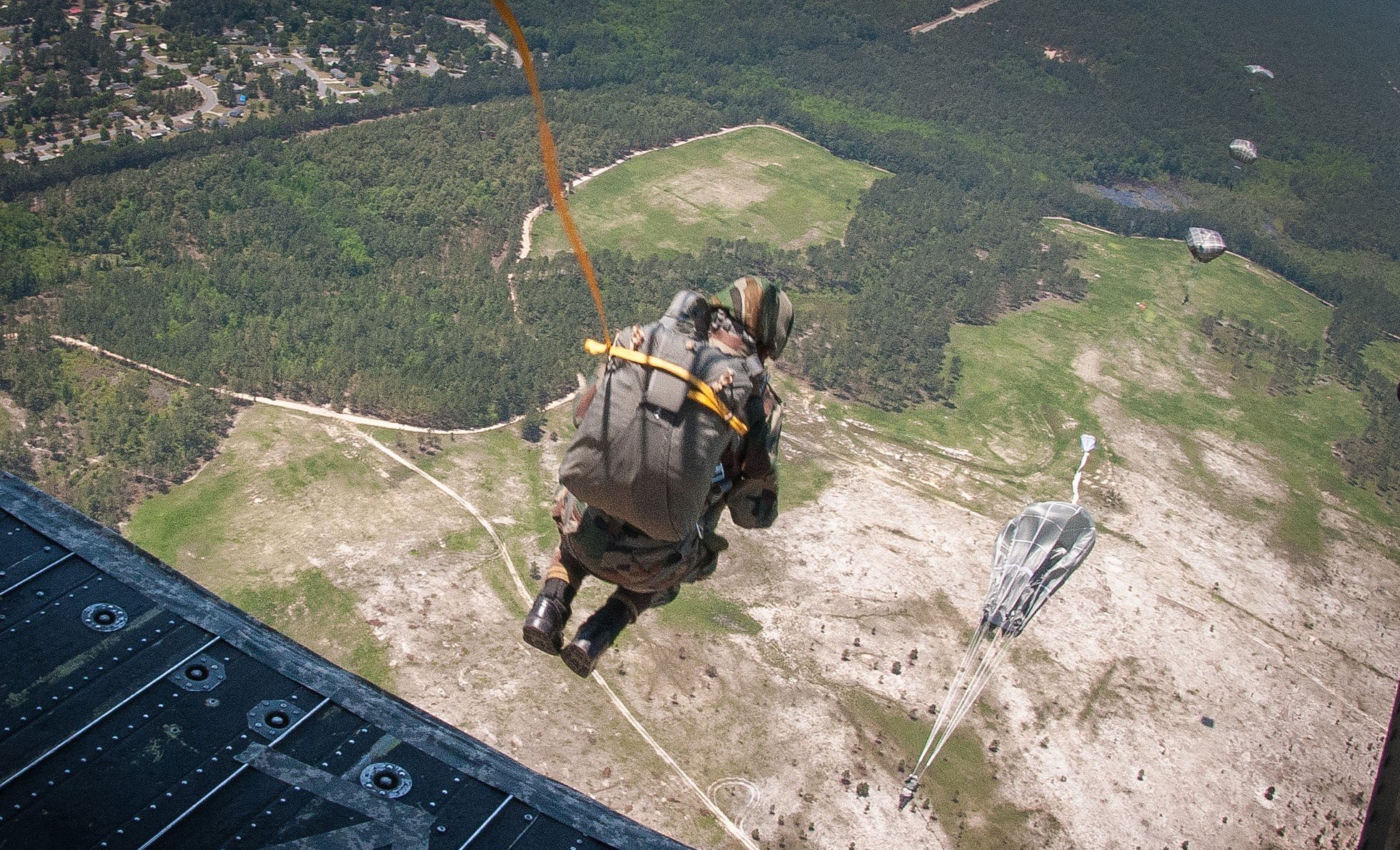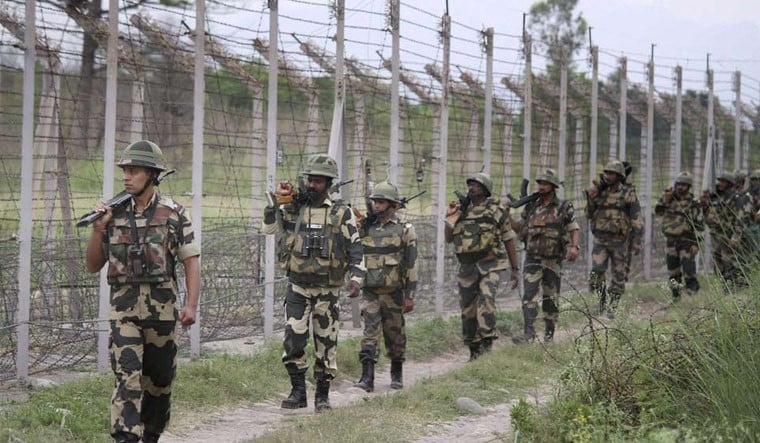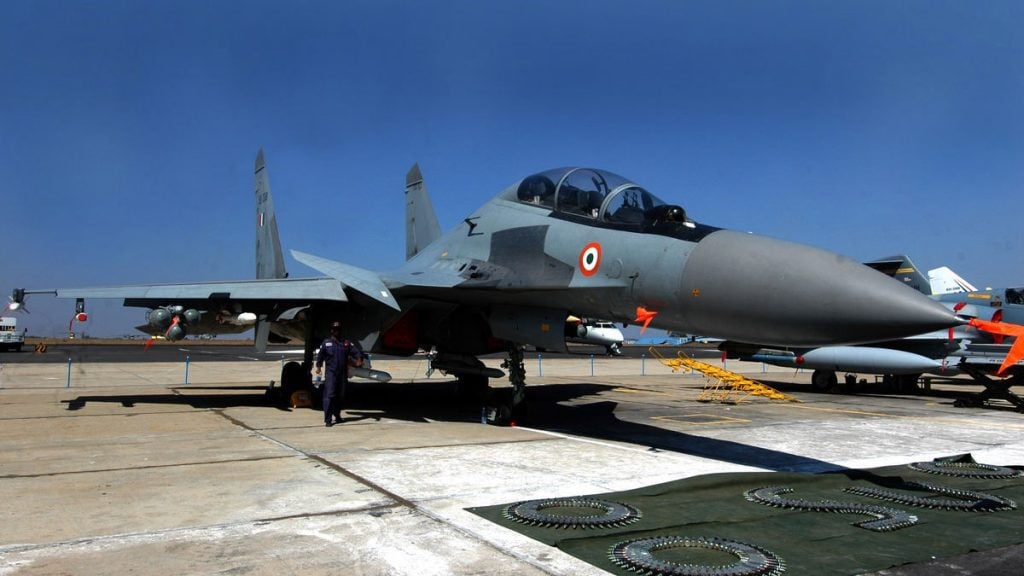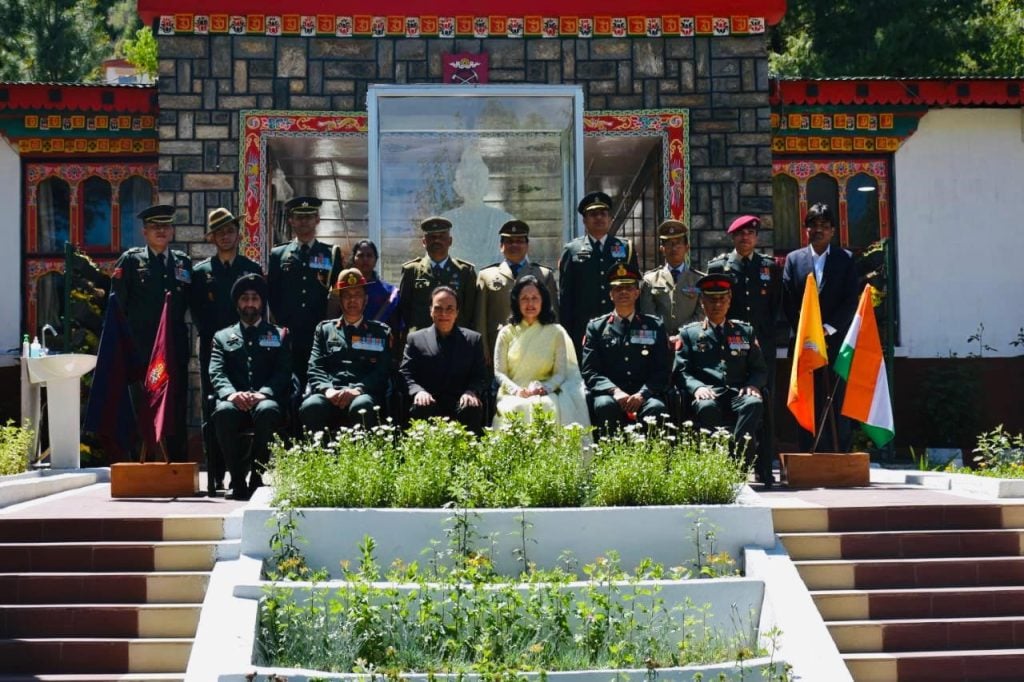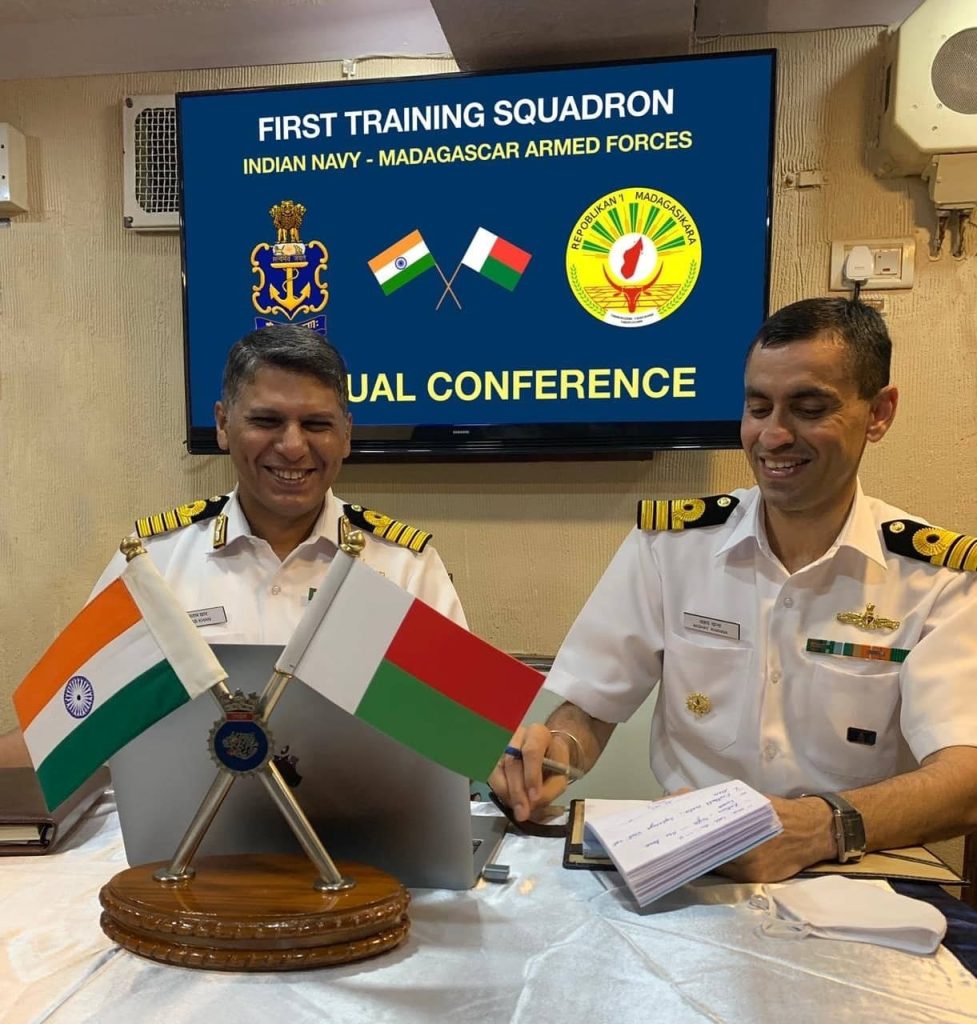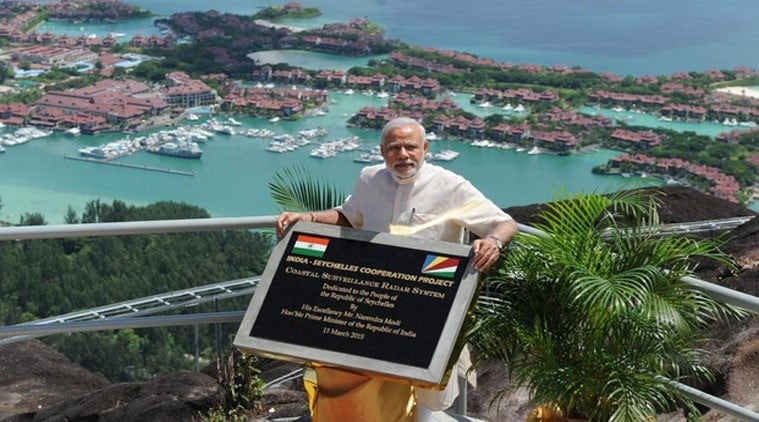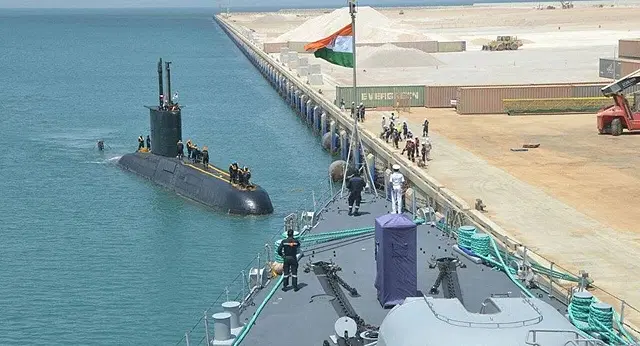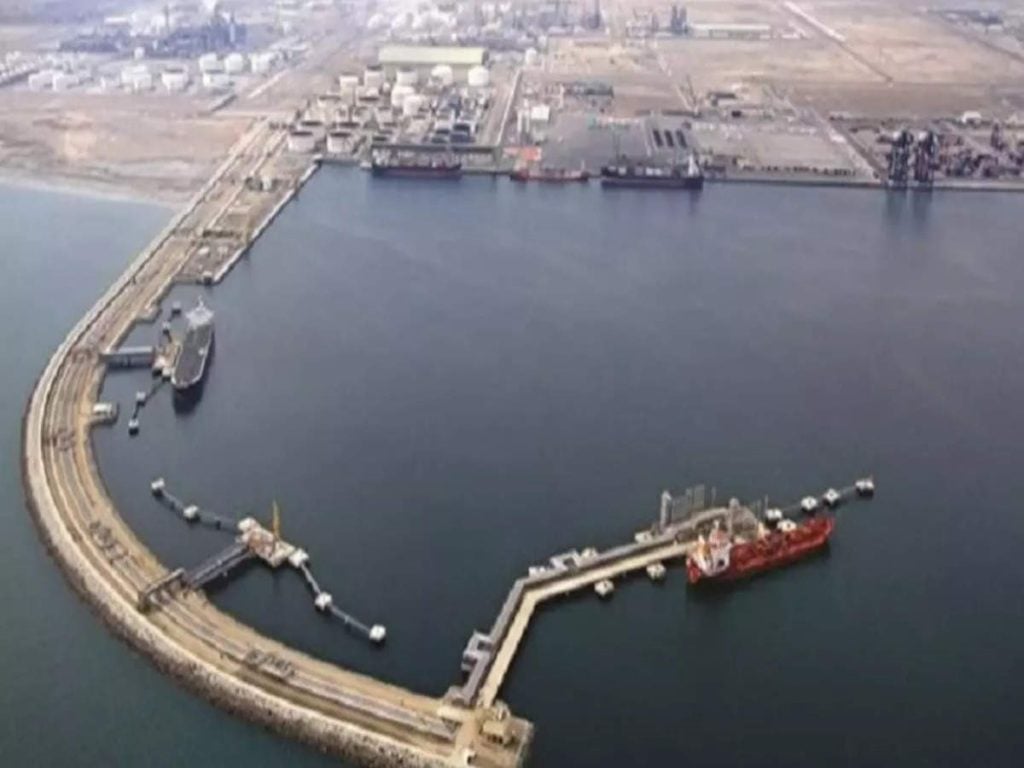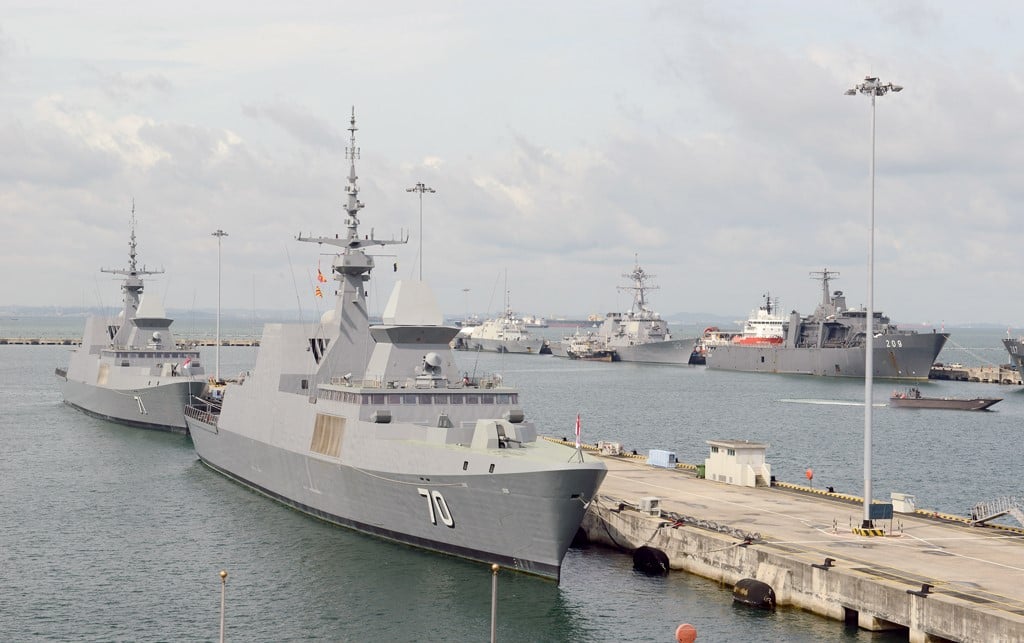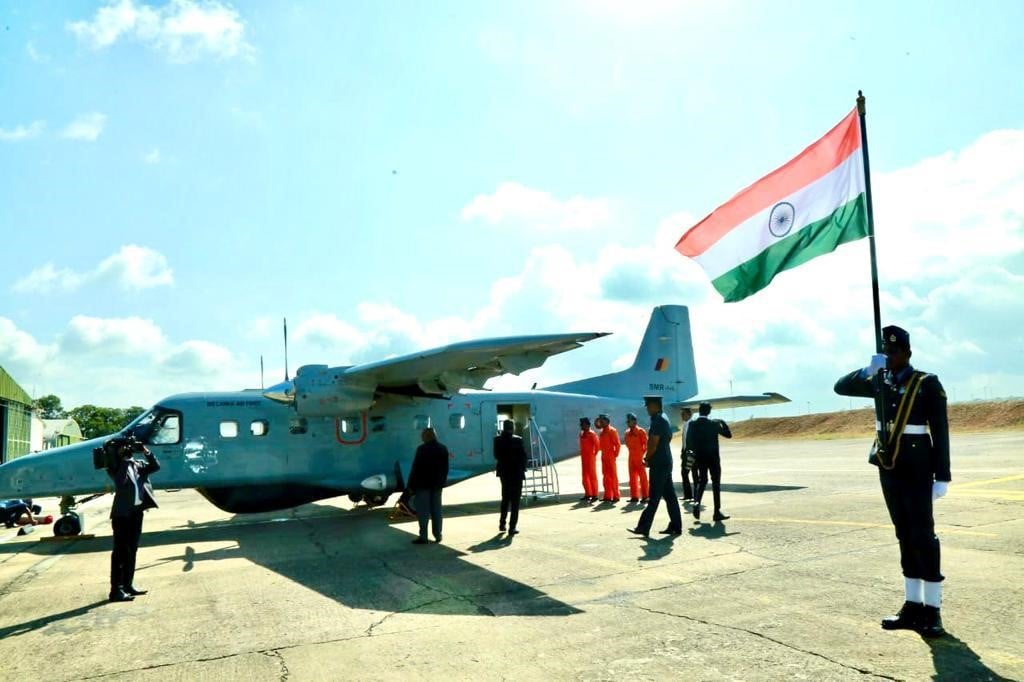India’s strategic vision extends far beyond its borders, as evidenced by its growing network of military bases and outposts across the globe. As a rising power, India recognizes the importance of maintaining a strong international presence to safeguard its national interests, project its influence, and counter the expanding reach of its rivals, particularly China. This comprehensive guide delves into the intricacies of Indian Military Bases Around the World, shedding light on their significance, capabilities, and the geopolitical implications of their establishment.
Decoding the Hand Signals of Aircraft Carrier Operations
The Rationale Behind India’s Overseas Military Bases
India’s pursuit of military bases abroad is driven by a multifaceted set of objectives. Firstly, these facilities serve as vital strategic assets, enabling the Indian armed forces to extend their reach and capabilities beyond the subcontinent. They provide logistical support, staging areas, and operational hubs for India’s military operations, enhancing its ability to respond to contingencies and protect its interests in distant theaters.
Secondly, the presence of Indian military bases in key regions strengthens the country’s diplomatic and economic ties with host nations. These bases often facilitate joint training exercises, intelligence sharing, and defense cooperation, fostering stronger bilateral relationships and advancing India’s geopolitical influence.
Moreover, the establishment of these bases is a crucial component of India’s broader strategy to counter China’s growing assertiveness in the Indian Ocean region and beyond. By establishing a network of military outposts, India aims to monitor and potentially deter Chinese activities, safeguarding its maritime trade routes and energy supply lines.
India’s Military Bases Abroad
India has been actively expanding its global military footprint, establishing a diverse array of military bases and outposts in strategic locations around the world. These facilities span across various regions, catering to the specific operational needs and strategic objectives of the Indian armed forces.
1. Tajikistan
Located in the southern region of Tajikistan, the Farkhor Air Base is a significant asset in India’s military portfolio. Established in collaboration with the Tajik Air Force, this facility serves as India’s first overseas military base, providing the Indian Air Force with a strategic outpost in Central Asia.
The base’s proximity to Afghanistan and its operational capabilities make it a crucial hub for India’s regional security and counterterrorism efforts.
2. Bhutan
In the Himalayan kingdom of Bhutan, India maintains a significant military presence through the Indian Military Training Team (IMTRAT). This training mission, based in the town of Haa, is responsible for the training and capacity-building of the Royal Bhutan Army and the Royal Bodyguard of Bhutan.
The IMTRAT plays a pivotal role in strengthening the defense capabilities of Bhutan, a strategically important neighbor and a close ally of India.
3. Madagascar
India’s presence in Madagascar extends beyond a traditional military base, as the country has established a listening post in the northern region of the island nation. This facility, set up in 2007, serves as India’s first overseas electronic intelligence-gathering outpost.
Its primary function is to monitor shipping movements and maritime communications in the Indian Ocean, providing valuable intelligence to support India’s maritime security initiatives.
4. Mauritius
In the Indian Ocean, the island of Agalega in Mauritius hosts an Indian military base. This facility, developed through a joint India-Mauritius military cooperation agreement, serves as a strategic asset for India.
The base is equipped with a coastal surveillance radar system and is poised to play a crucial role in India’s efforts to enhance its maritime domain awareness and security in the region.
5. Seychelles
India’s defense partnership with Seychelles has led to the development of a joint naval base on Assumption Island. This facility, which has faced some political challenges in its implementation, is intended to bolster India’s maritime security capabilities in the Indian Ocean, particularly in countering China’s growing influence in the region through its “String of Pearls” strategy.
6. Oman
India’s military presence in Oman encompasses multiple facilities, including a listening post at Ras al Hadd, berthing rights at the Muscat naval base, and an establishment at the port city of Duqm.
The Duqm facility serves as a hub for the Indian Navy and Air Force, providing logistical support and maintenance services for Indian naval vessels and aircraft operating in the region.
7. Iran
The strategic Chabahar Port in southeastern Iran has become a crucial component of India’s military and economic engagement in the region.
While not a traditional military base, India’s involvement in the development and operations of Chabahar Port has significant strategic implications, as it provides India with an alternative trade and logistics route to Afghanistan and Central Asia, bypassing Pakistan.
10 Biggest Air Force Stations in Asia 2024
8. Singapore
India’s military cooperation with Singapore has led to the establishment of a naval presence at the Changi Naval Base.
This facility serves as a staging ground for Indian naval vessels, enabling the Indian Navy to maintain a strategic foothold in the Strait of Malacca, a critical maritime chokepoint and a key component of China’s regional trade routes.
9. Sri Lanka
In 2018, India acquired a stake in the Hambantota Air Base in Sri Lanka, a move aimed at countering China’s growing influence in the island nation. While the full extent of India’s military presence at this facility is still evolving, the acquisition underscores India’s determination to maintain a strong military foothold in the region and monitor potential Chinese activities in the area.
The comprehensive table summarizing India’s global military presence based around the world:
| Country | Facility | Location | Purpose/Role | Key Details |
|---|---|---|---|---|
| Tajikistan | Farkhor Air Base | Southern Tajikistan | India’s first overseas military base; strategic outpost for regional security and counterterrorism | Collaboration with Tajik Air Force; proximity to Afghanistan |
| Bhutan | Indian Military Training Team (IMTRAT) | Haa | Training and capacity-building of Royal Bhutan Army and Royal Bodyguard | Strengthens defense capabilities of Bhutan; close ally of India |
| Madagascar | Listening Post | Northern Madagascar | Electronic intelligence-gathering; monitors shipping movements and maritime communications | Established in 2007; first overseas electronic intelligence outpost for India |
| Mauritius | Agalega Island | Agalega | Coastal surveillance and maritime domain awareness | Equipped with coastal surveillance radar system; strategic asset in the Indian Ocean |
| Seychelles | Assumption Island Naval Base | Assumption Island | Bolster maritime security; counter China’s influence in the Indian Ocean | Development has faced political challenges |
| Oman | Various Facilities | Ras al Hadd, Muscat, Duqm | Listening post, berthing rights, and logistical support for naval vessels and aircraft | Includes Ras al Hadd listening post; Muscat naval base berthing rights; Duqm facility for support |
| Iran | Chabahar Port | Southeastern Iran | Strategic trade and logistics route; alternative to Pakistan for Afghanistan and Central Asia | Significant for economic and military engagement; part of broader regional strategy |
| Singapore | Changi Naval Base | Singapore | Staging ground for Indian naval vessels; strategic foothold in the Strait of Malacca | Important maritime chokepoint; key component of China’s trade routes |
| Sri Lanka | Hambantota Air Base | Hambantota | Counter China’s influence; evolving military presence | India acquired a stake in 2018; monitoring potential Chinese activities |
The Geopolitical Implications of India’s Overseas Military Bases
The establishment of Indian military bases abroad carries significant geopolitical implications, both for India and the broader regional dynamics. These bases serve as strategic outposts, enabling India to project its power, safeguard its interests, and counter the growing influence of its rivals, particularly China.
By expanding its military presence in the Indian Ocean region and beyond, India is asserting its status as a regional power and a key player in the global geopolitical landscape. The network of bases allows India to monitor and potentially deter adversarial activities, while also strengthening its diplomatic and economic ties with host nations.
Moreover, the presence of Indian military bases in strategic locations serves as a deterrent against potential threats, as it demonstrates India’s willingness and capability to defend its interests and those of its allies. This, in turn, enhances India’s regional and global standing, bolstering its position as a reliable security partner and a force to be reckoned with in the international arena.
10 Surprising Facts You Didn’t Know About the British Armed Forces
Conclusion
India’s growing network of military bases abroad is a testament to its evolving strategic vision and its determination to assert its influence on the global stage. These facilities serve as critical assets, enabling the Indian armed forces to extend their reach, project power, and safeguard the country’s interests in distant theaters.
As India continues to strengthen its military presence overseas, it will undoubtedly face numerous challenges, from navigating complex geopolitical dynamics to addressing logistical and operational hurdles. However, the strategic importance of these bases cannot be overstated, as they play a pivotal role in shaping India’s regional and global influence, while also contributing to the country’s broader defense and security objectives.
FAQs
1. Does India have military bases in other countries?
Tajikistan is home to several airbases, including those at Farkhor and Western Dushanbe. The Ayni Air Force Base, also known as Gissar Air Base, is located 10 km (6.2 mi) west of the capital, Dushanbe. This base is operated jointly by the Indian Air Force and the Tajik Air Force.
2. Which is the highest military base in India?
The Siachen Glacier, located approximately 20,000 feet above sea level in the Karakoram mountain range, is recognized as the highest militarized zone globally, where soldiers contend with extreme frostbite and strong winds. On April 13, 1984, the Indian Army gained full control of the glacier under “Operation Meghdoot.”
3. Where does India’s military rank globally?
According to the most recent annual report from Global Firepower (GFP), India has retained its status as the fourth most powerful military in the world.
4. Which is the largest Cantt in Asia?
Pathankot is renowned globally for its military station, Mammon Cantt, which is the largest military base in Asia.
5. Which Indian Army base is in foreign?
The Indian Military Training Team is based at Haa Dzong in Western Bhutan. This mission involves the Indian Army training the Royal Bhutan Army and the Royal Bodyguard of Bhutan. It is the oldest training team deployed by India to a friendly foreign nation.
